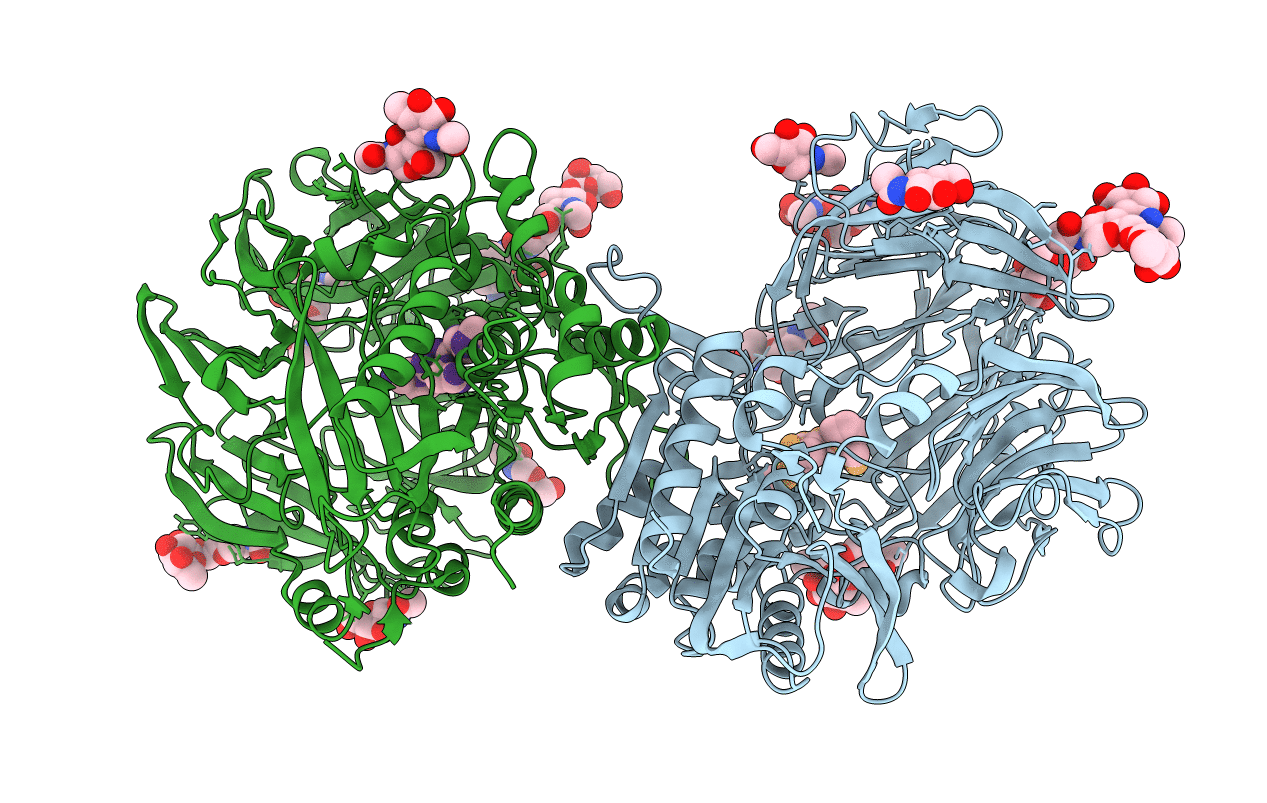
Deposition Date
2005-01-04
Release Date
2005-01-27
Last Version Date
2024-11-13
Entry Detail
PDB ID:
2BGR
Keywords:
Title:
Crystal structure of HIV-1 Tat derived nonapeptides Tat(1-9) bound to the active site of Dipeptidyl peptidase IV (CD26)
Biological Source:
Source Organism:
HOMO SAPIENS (Taxon ID: 9606)
HUMAN IMMUNODEFICIENCY VIRUS TYPE 1 (Taxon ID: 11676)
HUMAN IMMUNODEFICIENCY VIRUS TYPE 1 (Taxon ID: 11676)
Host Organism:
Method Details:
Experimental Method:
Resolution:
2.00 Å
R-Value Free:
0.20
R-Value Work:
0.16
R-Value Observed:
0.16
Space Group:
P 21 21 21


